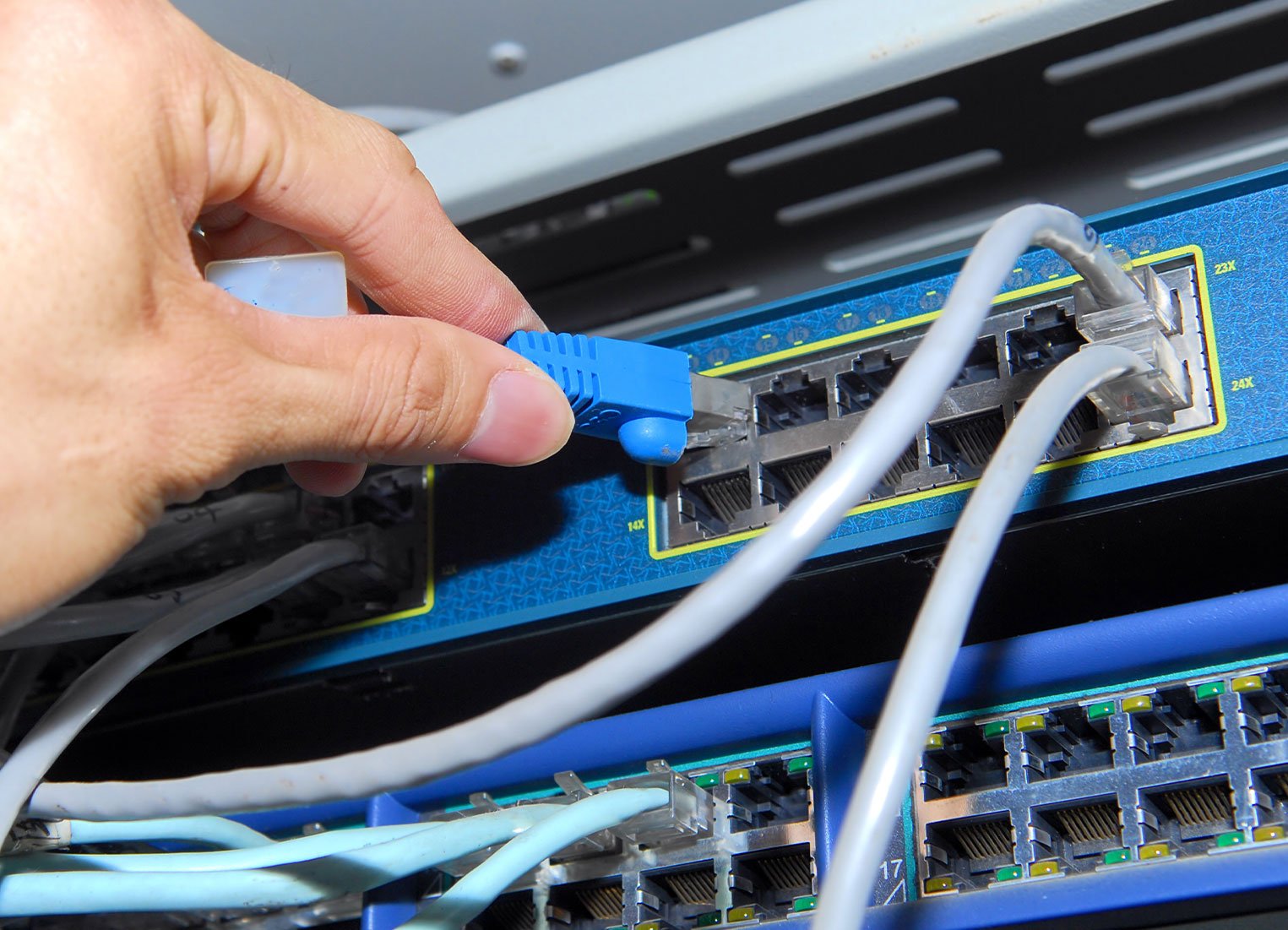The cellular technology industry is constantly evolving. Today’s networks will soon become 5G-ready. This means they will be faster than they have ever been.
As each generation of networks comes out, new and more advanced devices are made available. The older cellular technologies will slowly be replaced by the latest as cellular technology continues to advance.
1G
Mobile phone network’s first networks were established in the year 1980. From then on, each new technology of network has increased the speed and improved quality. Each new generation also has distinct advantages and features that are improved on the previous one.
The 1G network was analog and only allowed the use of voice communications. The 2G network introduced digital voice-over-text as well as digital messaging.

2G was then followed by 2.5G networks, which included packet switching using GPRS as well as EDGE technology. The 2.5G networks opened the way for high speed mobile data applications. There are some limitations on the speed of mobile connection. Hotspot restrictions, data plan limitations, limits and video throttling are all common limitations.
2G
2G introduced data transfers on top of the voice, enabling SMS. Using similar control mechanisms as talking, data transfer allowed pictures and text messages to be sent from one cellphone to another. The feature became so well-known that it revolutionized how people spoke. Candy bar phones, such as the Nokia 3210 that sold more than 160,000,000 units, were also created.
With 3G networks rolling out worldwide, users can now access mobile internet to browse websites and run basic apps. 3G networks allowed for more advanced functions such as HD TV mobile and video conferencing.
4G networks introduced faster data transmission allowing for more advanced functionality such as mobile internet access, HD mobile TV and video conferencing. Mobile IoT technologies NB IoT and LTE-M also were paved with this technology.
3G
The growing use of smartphones made it clear that 2G networks were no longer sufficient to manage the data flow. It was necessary to develop new technologies to satisfy the ever-growing demands of the customer was evident.
In the ’90s, cellular technology evolved from analog to digital with GSM networks. It was also the start of 3G networks.
The 3G network had significantly better data transfer rates than the previous networks. Internet connectivity lap mang cap quang viettel was also possible on mobile phones, which allowed businesses to be connected even when traveling.
The final phase of the 3G time period is near and many major carriers will shut down their old networks to make way for 4G LTE. It will affect technology such as alarms for your home, GPS systems, and cell phones. You can prepare yourself for the change and ensure that the equipment you have work efficiently.
4G
The evolution of the 4G network will revolutionize our world. This new generation mobile connectivity provides faster data rates as well as higher connections density and less latency.
The 3G networks are already crowded with customers and speed of data, 4G offers the ability to provide high-end mobile gaming, HD mobile TV, video conferencing and IP telephony. This is achieved by using beamforming antennas with directional gains to improve Ricean factor as well as SNR.
Smartphones have been an important driver in the ecosystem of 4G. It is thought to be the reason why 4G so successful. But, it’s predicted to be an engine for intelligent innovation across a variety of industries. It will help lower costs and improve the effectiveness of companies. They will also improve the quality of life around the globe.
5G
The advent of new and more powerful technology will affect our lives in surprising ways. The 5G standard will enable applications streaming and virtual reality to run effortlessly without buffering.
In order to achieve 5G’s high speed, it makes use of millimeter waves (mmWave) because they are able to carry more information. This technology uses beamforming, that allows it to focus on devices with stronger signals and uses less power.
As with other generations before, the mobile industry is also expected to continue evolving as new services are added and the speed of processing increases. The transformations are even more dramatic this time.